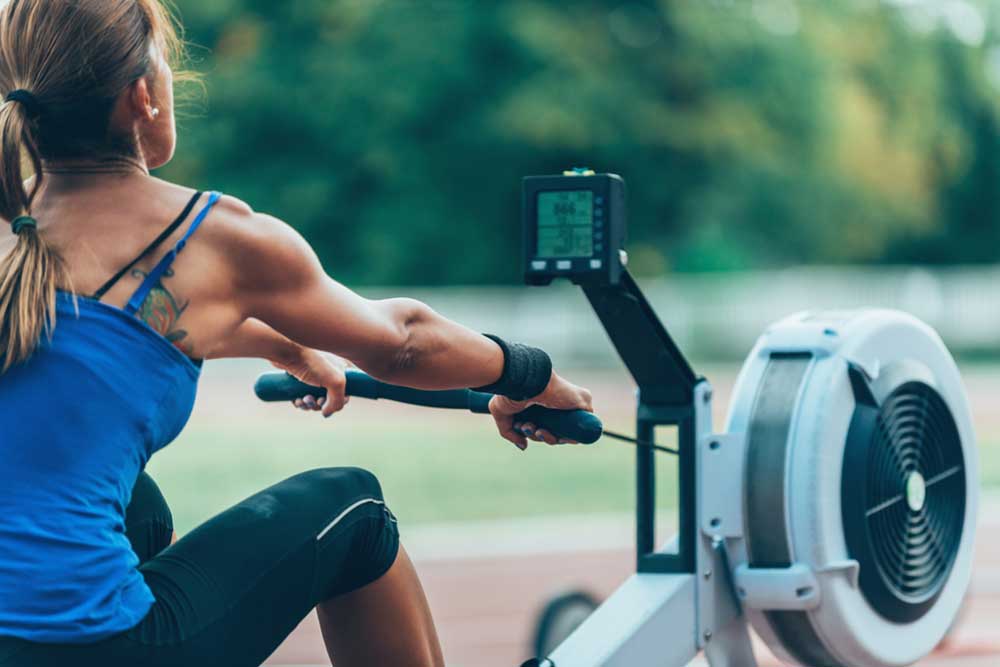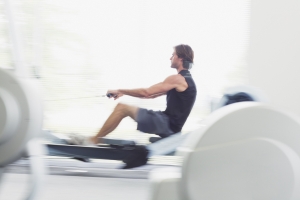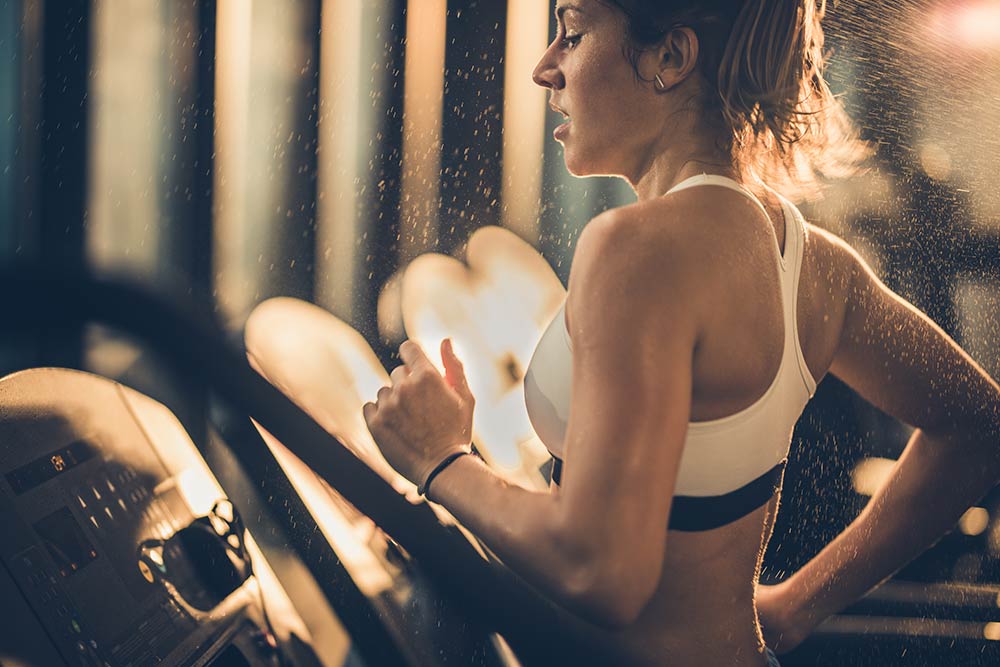The Perfect Catch

Dayton Kelly
Looking for a change of pace? Why the Rowing Ergometer should be on your radar.
Perhaps one of the most misunderstood and under-utilized exercise machines in the gym is the rowing ergometer. The ergometer or “erg” for short is a device used to mimic the stroke one would take in a rowing boat. So why should you take the time to learn about this unique device?
Whole Body Workout
The erg is one of very few cardio machines that can give you an entire body workout. One stroke on the rowing ergometer requires the activation of your calves, quadriceps, core, upper back, lower back, and shoulders! This widespread muscle recruitment causes you to burn fat and make both upper and lower body strength gains at the same time (Asaka, Kawano, & Higuchi, 2012; Sanadaa, et al., 2009). Investigating this, research has found increased thigh and trunk muscular size and function in elderly male rowers as compared to untrained men (Asaka, et al., 2010).
Also, improvements in grip strength, shoulder and arm mobility, and core strength are expected as compared to running or cycling due to the involvement of the upper body. While rowing should not be used to the exclusion of other forms of exercise, it can be a great way to fit in both a cardio workout with a strength component when in a time crunch.
 Increase Cardio
Increase Cardio
Rowing has been shown to be very effective in increasing cardio. A study using a sample of elderly untrained male participants found an average 22% increase in VO2 max. This was after training only three times a week on the erg for six months. Each workout was 30 minutes in length with a 5 minute warm up, two 10 minute pieces, and a 5 minute cool down (Asaka, Kawano, & Higuchi, Rowing as an aerobic and resistance exercise for elderly people, 2012). Improvements in VO2 max values are especially important to our health. This is because, higher scores greatly lower our risk of heart disease and other sedentary illnesses.
Safe Training
The erg is a very safe training option. The stroke taken on an ergometer, when done properly, is smooth and controlled. This rids the user of the jarring feeling one might have when walking or running. This low impact makes acute injury unlikely. Furthermore, it can reduce some of the aches and pains often experienced after sustained repetitive exercise. More importantly, the rowing ergometer is an exercise machine where the user is seated. Hence, the likelihood of falls or slips is greatly reduced. This allows you to push yourself harder and further without raising concerns for your safety.
Choose Your Weight
The adjustable damper on the ergometer allows you to pull the amount of weight you want to. Unlike running and walking, where you are always pushing against your body weight, rowing on the erg allows you choose lower resistance for the more injury conscious and higher resistances for those looking to build more muscle and improve bone density. This feature can be especially helpful when trying to recover from injury or when just starting a fitness plan. It allows the user to set the resistance low and achieve a high heart rate without putting undue stress on the body’s joints and levers.
Interested in trying out the rowing ergometer, but not sure how to start? Stay posted for next month’s article on proper rowing technique and tips for staying injury free.
Safety Notes:
Always row with proper technique! If you begin to lose your technique due to fatigue, take a break before continuing rowing as this can cause injury.
Always sit on the erg for a minute after finishing exercising before standing up to avoid a head rush.
References
Asaka, M., Kawano, H., & Higuchi, M. (2012). Rowing as an aerobic and resistance exercise for elderly people. Journal of Physical Fitness and Sports Medicine, 1(2), 227-234. Retrieved from https://www.jstage.jst.go.jp/article/jpfsm/1/2/1_227/_pdf.
Asaka, M., Usui, C., Ohta, M., Takai, Y., Fukunaga, T., & Higuchi, M. (2010). Elderly oarsmen have larger trunk and thigh muscles and greater strength than age-matched untrained men. European Journal of Applied Physiology, 108(6), 1239–1245. Retrieved from http://www.easybib.com/reference/guide/apa/journal.
Sanadaa, K., Miyachic, M., Tabatac, I., Suzukib, K., Yamamotoa, K., Kawano, H., . . . Higuchib, M. (2009). Differences in body composition and risk of lifestyle-related diseases between young and older male rowers and sedentary controls. Journal of Sports Sciences, 27(10), 1027-1034. Retrieved from http://www.tandfonline.com/doi/abs/10.1080/02640410903081852.










